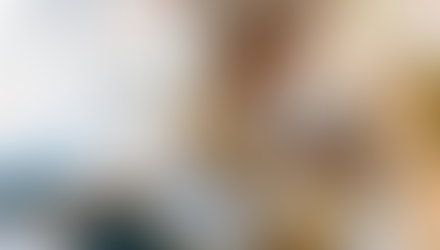New-born Navel Care: Must-Know Tips for Every Parent
- Shivani
- Jan 11
- 3 min read

Across different cultures, we have seen the significance of Navel Care. The understanding and significance of the Nabhi or Navel, vary across cultures. For example, in Buddhism, specifically in Mahayana, the navel symbolizes the center of life and connectivity. At the same time, Hinduism signifies the Navel as a vital region associated with health, particularly in cleansing processes. Modern Science emphasizes the importance of proper naval care for preventing infections, promoting healing, and maintaining overall hygiene. Hence Naval care is an important aspect of a healthy life. In newborns, the navel is what’s left behind after the umbilical cord stump naturally dries up and falls off, usually within the first two weeks after birth. Hence taking care of your baby’s navel is crucial, both while the umbilical cord stump is still attached and after it falls off. In this article, we’ve discussed some simple steps to help you care for your baby’s navel and ensure it stays clean and healthy.
Navel Care when umbilical cord stump is still attached to Navel
Taking proper care of your baby's navel while the umbilical cord stump is still attached is crucial for preventing infection and promoting healing. Here are some essential tips to ensure proper care.

Keep It Dry: The World Health Organization (WHO) has been recommending dry umbilical cord care since 1998. Avoid getting the stump wet during baths, opt for sponge baths until the stump falls off. Moisture can delay the drying process and increase the risk of infection.
Air Exposure: According to WHO leaving the stump exposed to air or loosely covered by a clean cloth is important as it allows the stump to breathe. Dress your baby in loose-fitting clothing or diapers folded below the navel to avoid irritation.
Clean Gently: If the area gets dirty, clean it gently with a cotton ball or soft cloth dampened with clean water.
Avoid Pulling or Tugging: Do not attempt to remove the stump, even if it appears to be hanging by a thread. Let it fall off naturally to avoid injury.
Monitor for Signs of Infection: Watch for redness, swelling, foul odor, or pus around the navel area. These signs may indicate an infection and require prompt medical attention.
These simple steps can help ensure proper navel care while the umbilical cord stump is still attached, promoting healing and preventing infections.
Navel Care After the Umbilical Cord Stump Falls Off (Including some of Natural Remedies)
Once the umbilical cord stump falls off, your baby’s navel still needs gentle care to ensure complete healing. Here are some tips and natural ways to care for your baby’s navel.

Keep It Clean and Dry: Clean the navel area gently with a soft, damp cloth using plain lukewarm water. Avoid harsh soaps or chemicals. Pat the area dry with a soft towel to prevent moisture build-up.
Allow Air Exposure: Let the navel area stay open to air as much as possible by dressing your baby in loose, breathable clothing. This promotes faster healing.
Use Natural Antiseptics: Apply a small amount of fresh aloe vera gel to the navel area to soothe irritation and promote healing or dab a drop of pure coconut oil to keep the area moisturized and protect against infections. Its natural antibacterial properties make it ideal for gentle care. Avoid the use of Cosmetics like powders, ointments, or unnecessary products unless recommended by a doctor.
Use a Warm Compress: For mild discomfort or redness, a soft cloth soaked in warm water (not hot) can be placed gently on the area for a soothing effect.
Gentle Baths: Once the navel area has healed, you can give your baby a regular bath. Until then, stick to sponge baths to avoid unnecessary moisture around the area.
Final thought
By incorporating these remedies into your baby’s navel care routine, you can help ensure proper healing while maintaining a gentle, chemical-free approach. Always consult your pediatrician if you’re unsure or if you notice any unusual changes.
(Disclaimer: This article is for informational purposes only and not a substitute for professional medical advice.)









































Comments